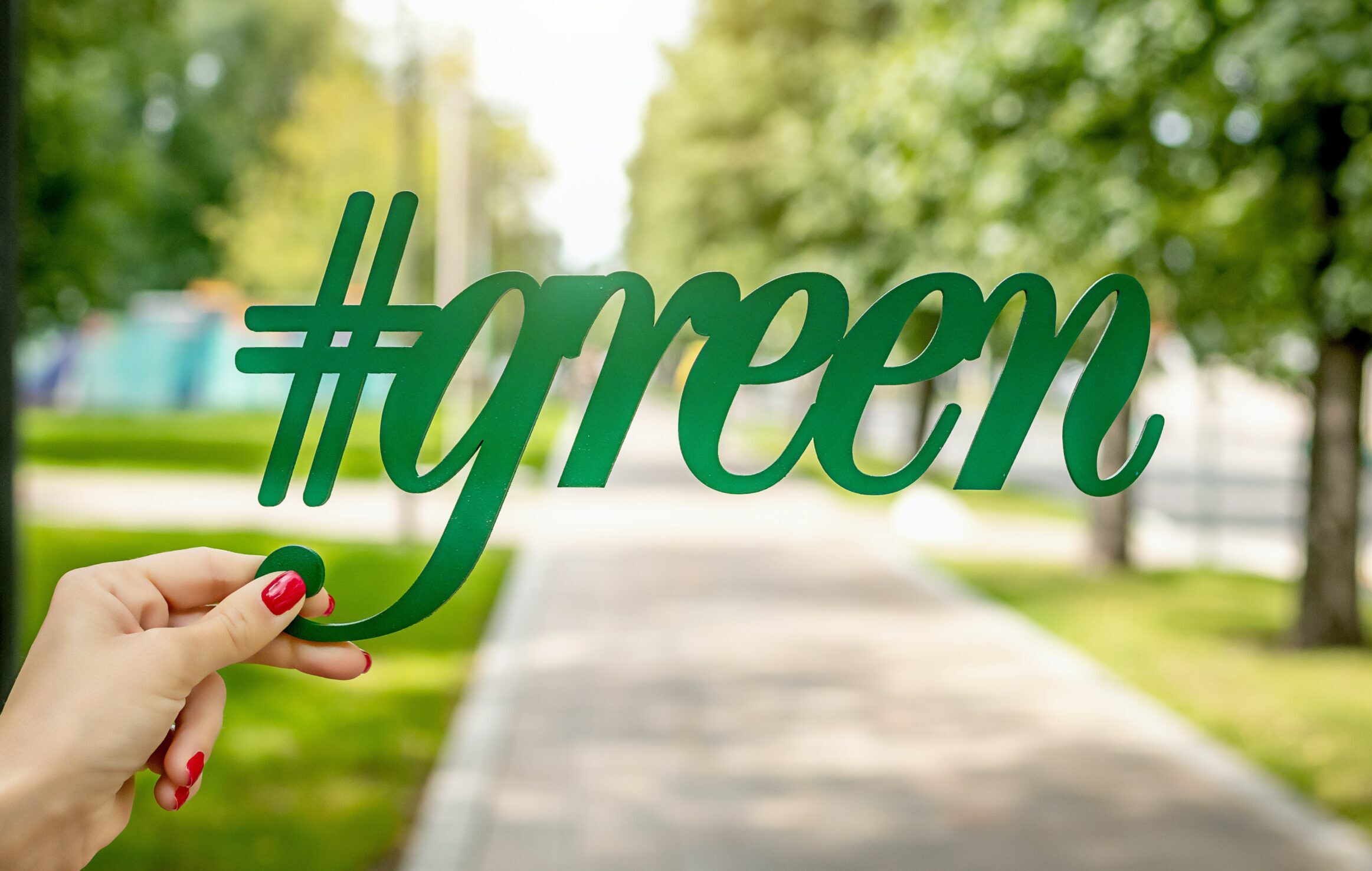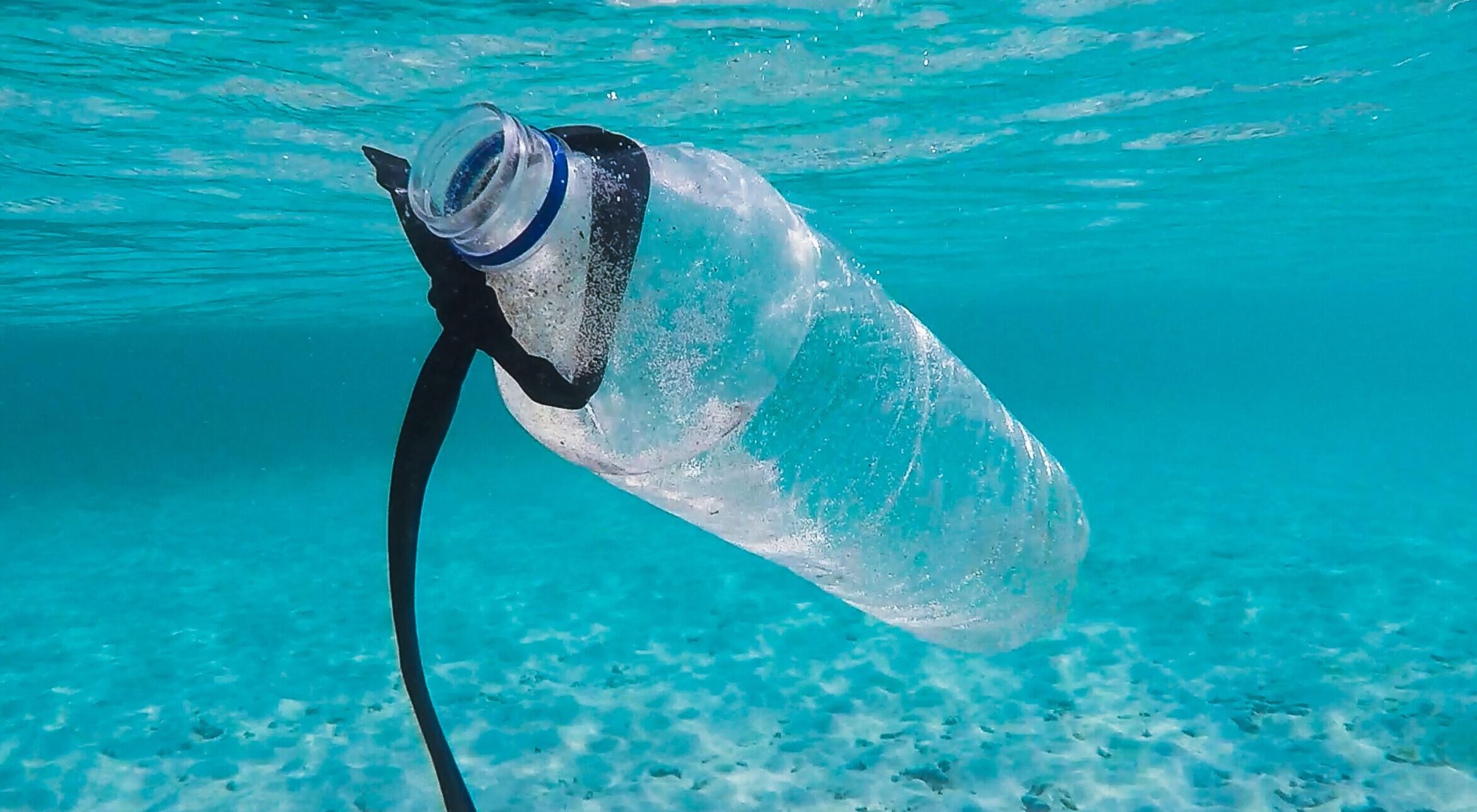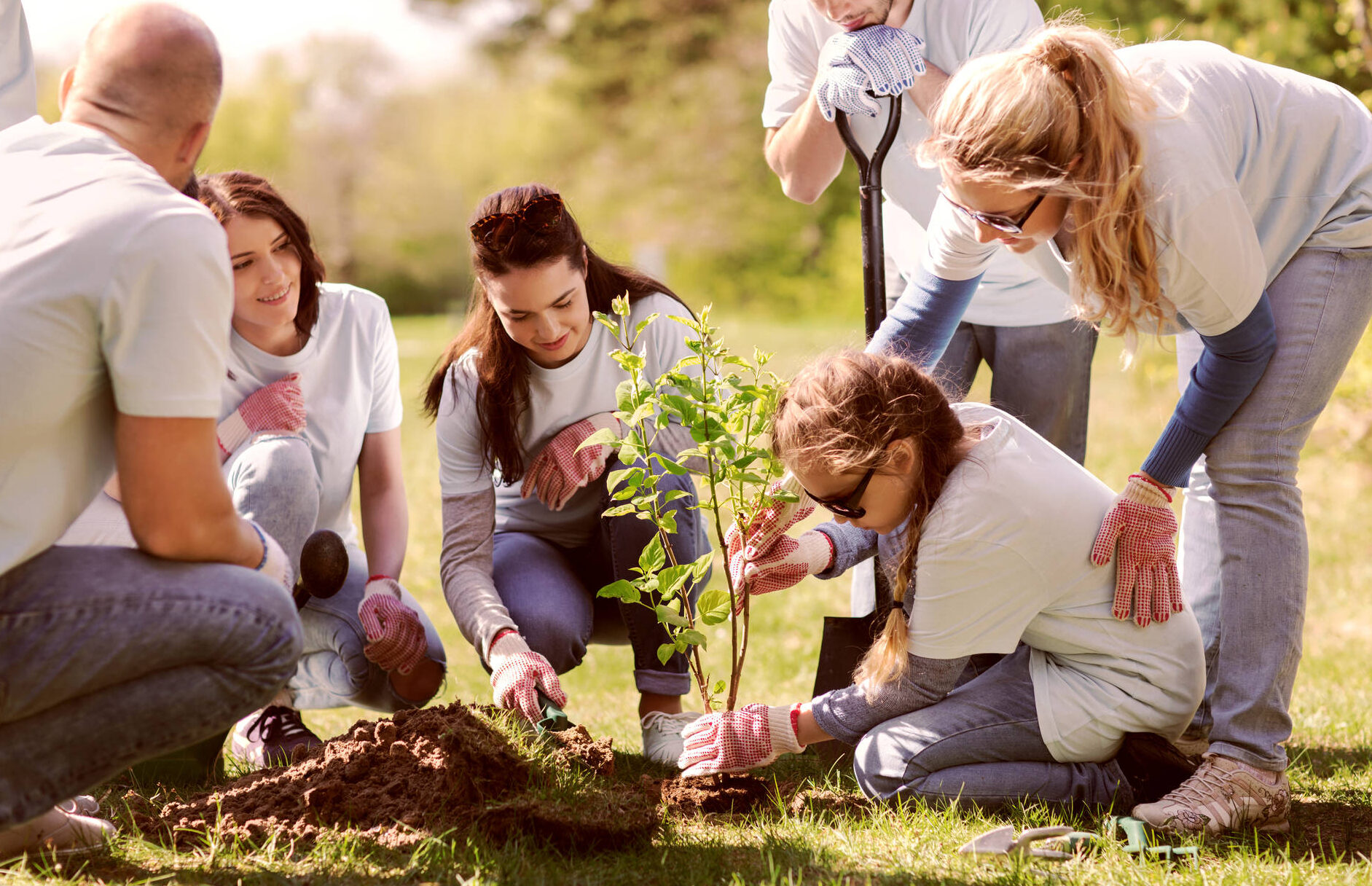When we think about trash, it’s easy to imagine overflowing landfills and floating islands of plastic in the ocean. The problem with trash goes far beyond its unsightly appearance – it poses a significant threat to our environment and our health.
One major issue is that many materials take centuries, if not millennia, to decompose naturally. This means that every piece of waste we generate will linger on this planet long after we’re gone. Our throwaway culture exacerbates this problem, as single-use items are discarded without a second thought.
But trash isn’t just an eyesore – it’s also a resource wasted. Valuable materials like paper, plastic, metal, and glass end up in landfills when they could be recycled or repurposed. This squandering of resources contributes to deforestation, pollution from manufacturing processes, and unnecessary greenhouse gas emissions.
Moreover, the improper disposal of hazardous waste can have severe consequences for both human health and the environment. Toxic chemicals seep into soil and waterways when improperly disposed of electronic waste leaches toxic heavy metals like lead or mercury.
Addressing the problem with trash requires a collective effort from individuals, businesses, and governments alike. Recycling and upcycling offer powerful solutions by turning waste into something useful again – reducing reliance on virgin materials while minimizing environmental impact.
In the next sections of this blog post, we’ll explore what sets recycling apart from upcycling before diving into some exciting innovations in each field. Get ready for some inspiring examples that demonstrate how creativity can transform even the most mundane objects into valuable treasures!
Recycling and Upcycling: What’s the Difference?
Recycling and upcycling are two terms often used interchangeably when it comes to sustainable waste management practices. While they both aim to reduce the amount of waste that ends up in landfills, there are some key differences between the two.
Recycling is a process where materials such as plastic, glass, paper, and metal are collected and processed to create new products. These materials go through various stages that involve cleaning, sorting, melting or breaking down before being transformed into new items. The goal of recycling is to conserve resources by reusing existing materials.
On the other hand, upcycling takes a different approach. Instead of breaking down materials and using them for their original purpose again, upcycling involves creatively repurposing discarded objects or materials into something entirely new and with increased value. This can include turning old furniture into trendy home decor pieces or transforming plastic bottles into fashionable accessories.
While recycling focuses on preserving resources through material transformation, upcycling emphasizes creativity and finding innovative ways to give new life to unwanted items.
Both recycling and upcycling play important roles in reducing waste and promoting sustainability. By participating in these practices, we can contribute to a healthier planet while also supporting local businesses that specialize in recycling or creating unique upcycled products.
So whether you choose to recycle your household waste or embark on an exciting DIY project using repurposed materials, every small step counts towards making a positive impact on our environment!
Recycling Innovations
Did you know that recycling is not limited to just paper, plastic, and glass? There are some incredible innovations happening in the world of recycling that are transforming waste into valuable resources. These innovations go beyond traditional methods and offer creative solutions to address our growing waste problem.
One such innovation is biofuel production from food waste. Instead of letting food scraps end up in landfills where they contribute to greenhouse gas emissions, companies are finding ways to extract energy from these organic materials. Through a process called anaerobic digestion, bacteria break down the food waste and produce biogas which can be used as a renewable source of energy.
Another exciting development is the use of recycled materials in construction. Companies are now incorporating recycled plastics and metals into building materials like bricks and tiles. Not only does this reduce the demand for new raw materials but also helps divert waste from overflowing landfills.
In addition to these advancements, there are efforts underway to improve recycling technologies themselves. For instance, researchers have developed new sorting techniques using artificial intelligence (AI) algorithms that can identify different types of recyclables more accurately than ever before. This means less contamination in recycling streams and higher quality recovered materials.
Furthermore, 3D printing has opened up a whole new realm of possibilities for recycling by allowing items to be made from recycled plastics or other discarded materials. This technology enables us to turn old products into brand-new ones without sacrificing quality or functionality.
These examples highlight how innovative thinking can turn trash into treasure while reducing our impact on the environment. As we continue to explore new ways of recycling, it’s important for individuals and businesses alike to support these initiatives by properly separating recyclable items at home or implementing sustainable practices within their operations.
By embracing these recycling innovations, we can create a more circular economy where resources are conserved rather than wasted. Together, let’s strive towards a future where nothing goes to waste!
Upcycling Innovations:
1. Repurposing Fashion: One of the most exciting upcycling innovations in recent years has been the transformation of old clothing into trendy new fashion pieces. Designers are getting creative with techniques like patchwork, dyeing, and embellishments to breathe new life into discarded garments. This not only reduces textile waste but also gives individuals a chance to own unique and sustainable fashion pieces.
2. Furniture Reinvention: Another area where upcycling is making waves is in furniture design. Instead of throwing away old furniture, innovative artisans are finding ways to repurpose and revitalize these items. From turning wooden pallets into stylish outdoor seating to giving vintage chairs a modern twist with fresh upholstery, there are endless possibilities for creating functional and one-of-a-kind pieces for your home.
3. Creative Home Decor: Upcycling is not limited to just fashion and furniture—it extends to home decor as well! DIY enthusiasts have found inventive ways to repurpose everyday objects like mason jars, wine bottles, and even shipping pallets into stunning decorations for their homes. With a little creativity and some basic crafting skills, you can transform trash into treasure while adding a personal touch to your living space.
4. Sustainable Art: Artists around the world have embraced upcycling as a way to express their creativity while promoting sustainability. Using discarded materials such as scrap metal, plastic bottles, or even broken electronics components, they create captivating works of art that challenge our perception of what can be considered valuable.
5. Green Building Materials: Upcycled materials are also finding their place in green building practices.
Innovative companies are developing sustainable construction materials made from recycled plastics or reclaimed wood fibers.
These alternatives reduce the demand for newly manufactured products while reducing waste sent to landfills.
It’s an opportunity for architects and builders alike who want greener options without sacrificing quality or aesthetics.
The beauty of upcycling lies in its ability to turn trash into treasure while reducing waste and promoting sustainability. By embracing these up
How You Can Help
Now that you’re aware of the incredible innovations in recycling and upcycling, you might be wondering how you can contribute to this movement. Fortunately, there are plenty of ways for individuals like yourself to make a difference:
1. Educate Yourself: Stay informed about the latest recycling practices and guidelines in your area. Understand what items can be recycled and where they should be disposed of.
2. Reduce Waste: The best way to minimize waste is by reducing consumption. Before making a purchase, consider if it’s something you truly need or if there’s an alternative that produces less waste.
3. Reuse and Repurpose: Instead of throwing away items that still have life left in them, find creative ways to give them a second chance. Repurpose old jars as storage containers or turn worn-out clothes into rags.
4. Support Sustainable Brands: Look for products made from recycled materials or companies dedicated to sustainable manufacturing processes.
5. Dispose Responsibly: When it comes time to dispose of items that cannot be recycled or upcycled, do so responsibly by following proper disposal procedures outlined by your local municipality.
6. Participate in Community Recycling Programs: Get involved with community initiatives such as neighborhood clean-ups or recycling drives organized by local organizations.
7. Educate Others: Share your knowledge about recycling and upcycling with friends, family members, and colleagues. Encourage others to adopt sustainable habits too!
By embracing these simple yet impactful actions, we can all play our part in transforming trash into treasure! Together, let’s create a greener future for generations to come!



